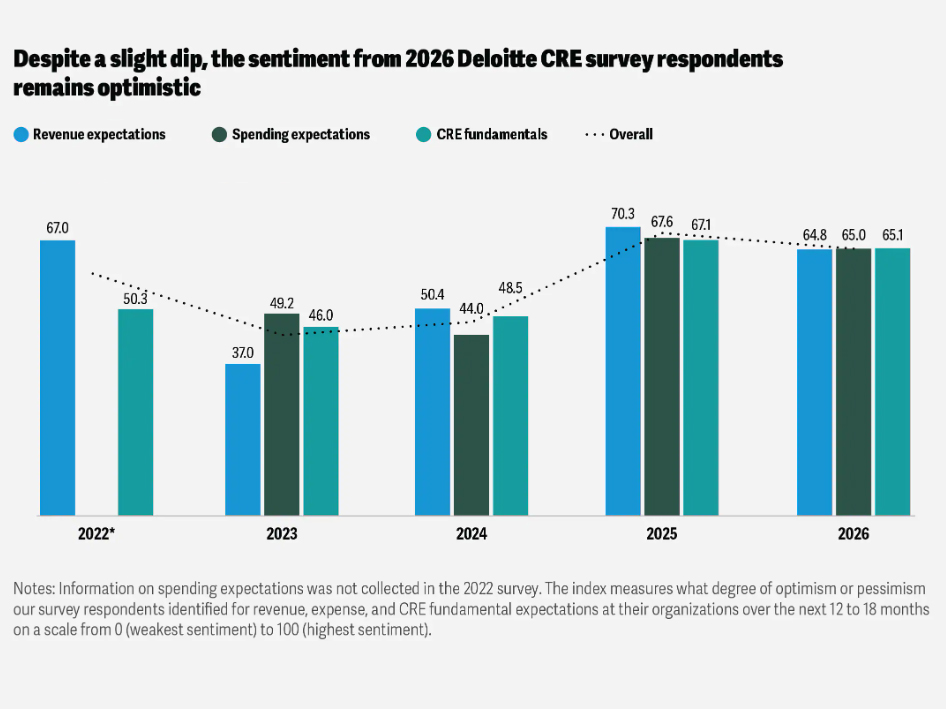Global Trade Rebalancing
How are the U.S. capital markets tackling tariffs?
On April 9, the announcement of new U.S. tariffs sent equity markets tumbling and had economists sharpening their pencils to downgrade forecasts. These downgrades varied in
size depending on each country’s trade exposure to the U.S., but none were
immune. As the old saying goes, when the police raid a speakeasy, they arrest everyone, including the pianist.
But at the time of this writing, the tariff picture is radically different. There is a new baseline tariff of 10 percent (as confirmed by the trade deal with the United Kingdom) but all other new tariffs on countries excluding China are on a 90-day “pause.” And even the Chinese tariffs are not as bad as we initially thought, given widespread exemptions for electronics and their components.
So where does that leave us? For those outside the U.S. and China, 10 percent is a multi-decade high but workable for most. Within the U.S., by contrast, the tariff amounts to a sizable tax on consumption, an activity-dampener and an inflationary pulse. According to the Organization for Economic Cooperation and Development, the impact of a 10 percent tariff is likely to cause a three-time output loss in the U.S. compared to the Eurozone, along with a two-time inflationary impulse. All other countries can alter their trade relationships to counteract the U.S. tariffs. Indeed, 70 percent of countries already do more trade with China than the U.S., and I expect to see intra-Asian and Euro-Asian trade links strengthened.
We continue to expect business and consumer confidence to be hit by volatility, delaying decisions and dampening activity.
The pause has been greeted with elation in equity markets but less so in fixed-income markets. At the time of writing, the yield on 10-year U.S. Treasuries is still hovering in the mid-4 percent range. It appears that the global bond market is now demanding a higher-term premium on U.S. debt. This is significant because the U.S. remains the world’s largest debtor, dependent on the kindness of its major global trading partners, not least China and Japan, to finance its budget deficits. And the Japanese finance minister has already said that his country’s $1.1 trillion of Treasuries are “on the table” in Japan’s tariff negotiations. All of this has not been lost on Moody’s, the last of the Big Three rating agencies to remove the U.S.’s pristine triple-A sovereign debt rating. This is the first time in modern history where the U.S. does not hold a triple-A rating from any of these agencies.

We’ll likely see the demand-side weakness come through in leasing activity without the concomitant easing in rates that would help boost capital markets.
According to the CBRE Investment Management House View, the U.S. is in a period of stagflation, at best, even if the heightened risk of recession has abated somewhat. We continue to expect business and consumer confidence to be hit by volatility, delaying decisions and dampening activity. We also expect elevated inflation as tariffs push up the prices of groceries, toys and other imported items. And we expect The Federal Reserve to be caught between keeping rates high to put a lid on inflation and easing to stimulate domestic demand. This is a far from ideal backdrop for real estate investment. We’ll likely see the demand-side weakness come through in leasing activity without the concomitant easing in rates that would help boost capital markets.
Sabina Reeves is chief economist & head of insights and intelligence at CBRE Investment Management, associate fellow at the University of Oxford and council member of Marlborough College. Follow Reeves on Threads: @sabinareevesconomist or on Linkedin.









You must be logged in to post a comment.